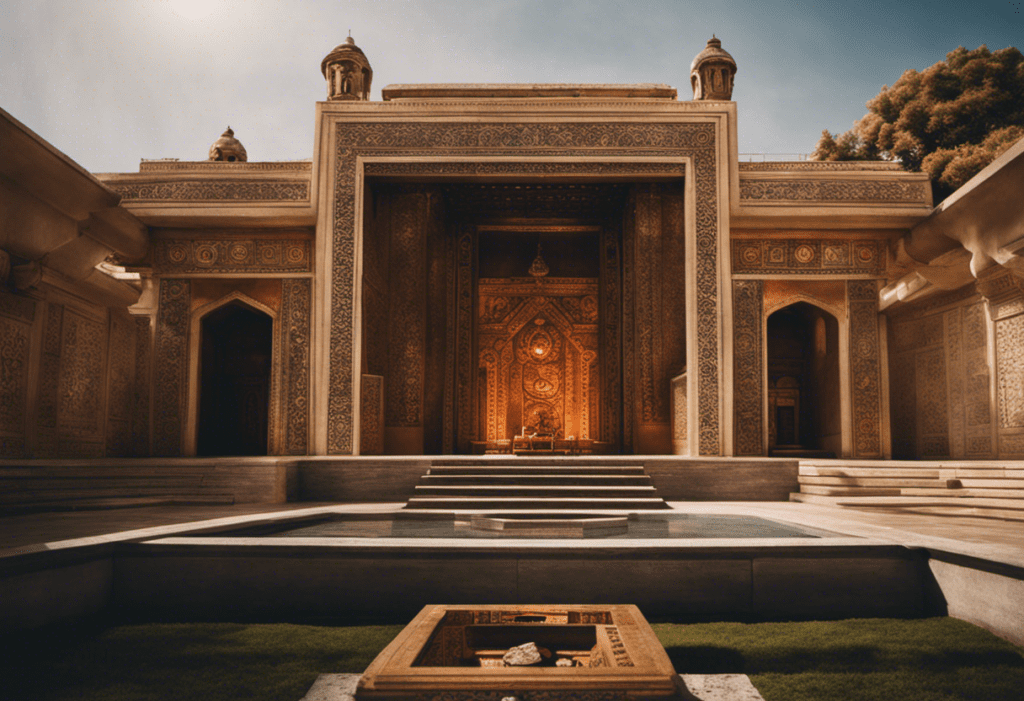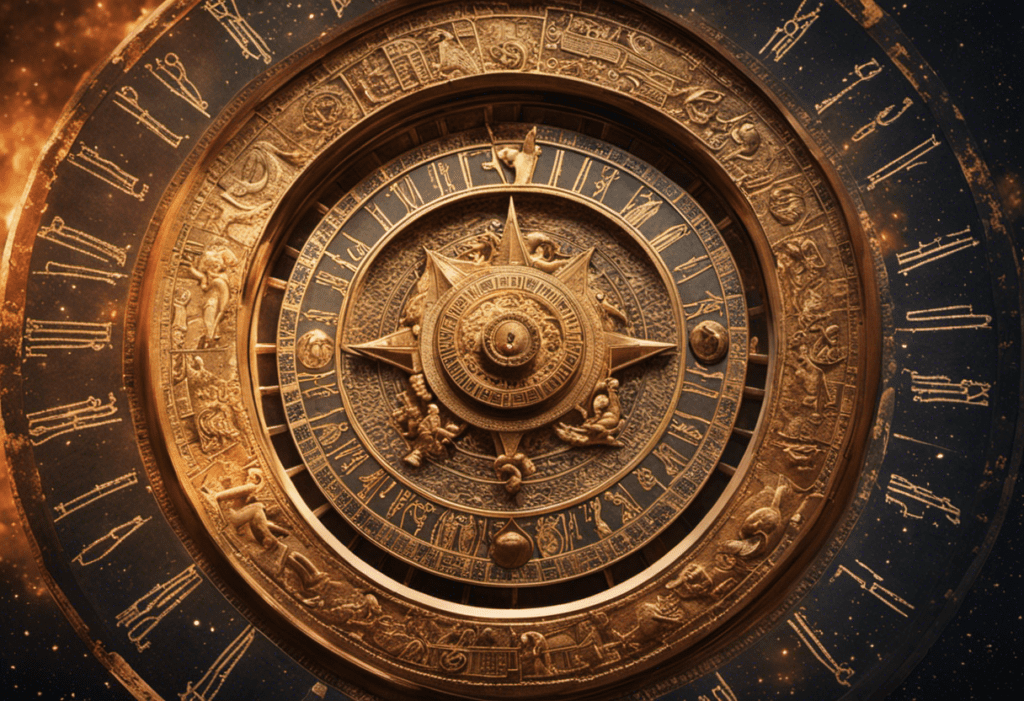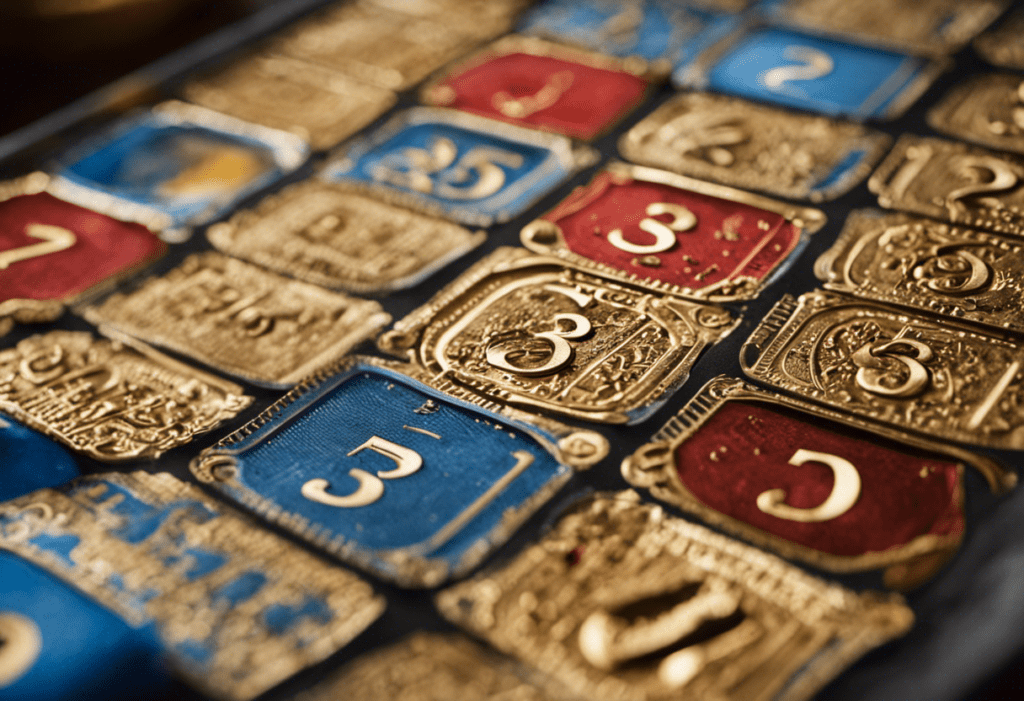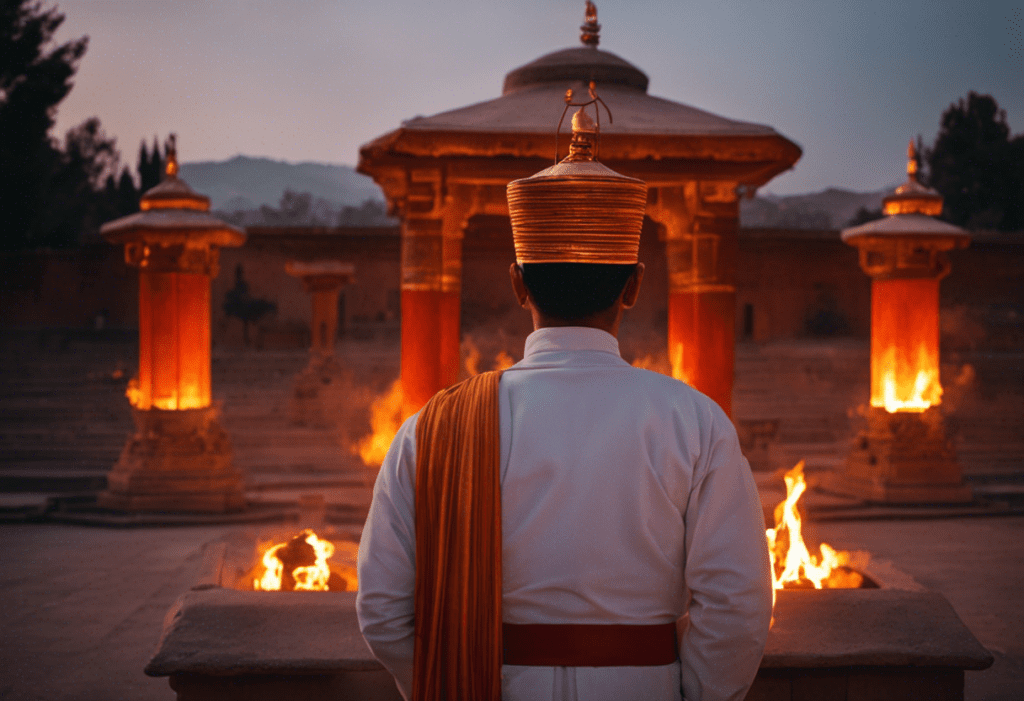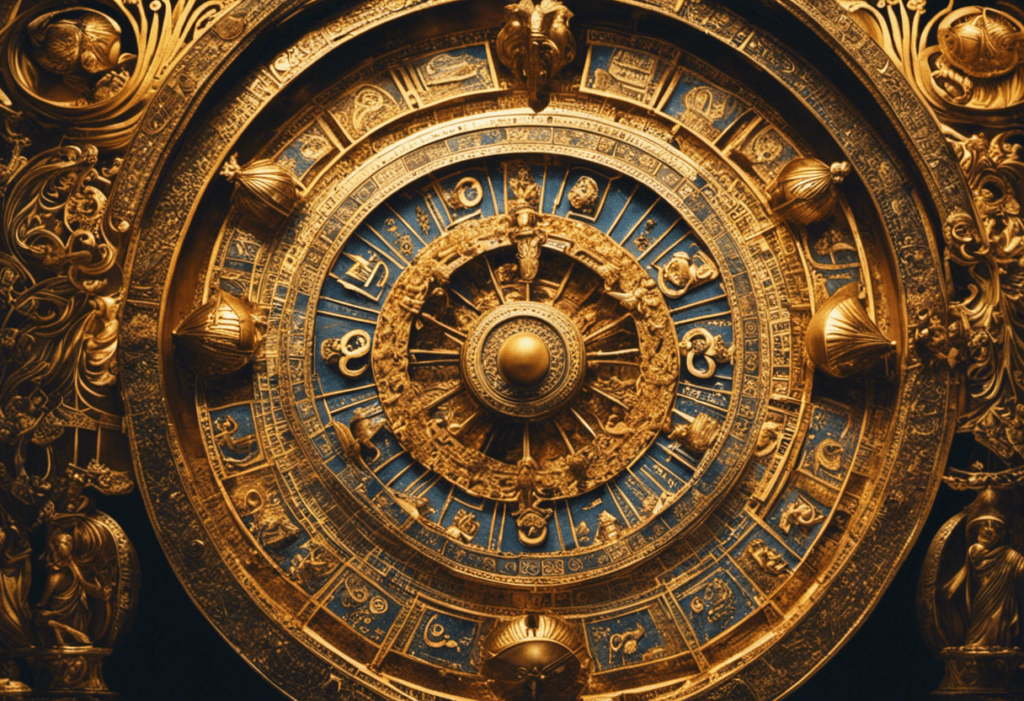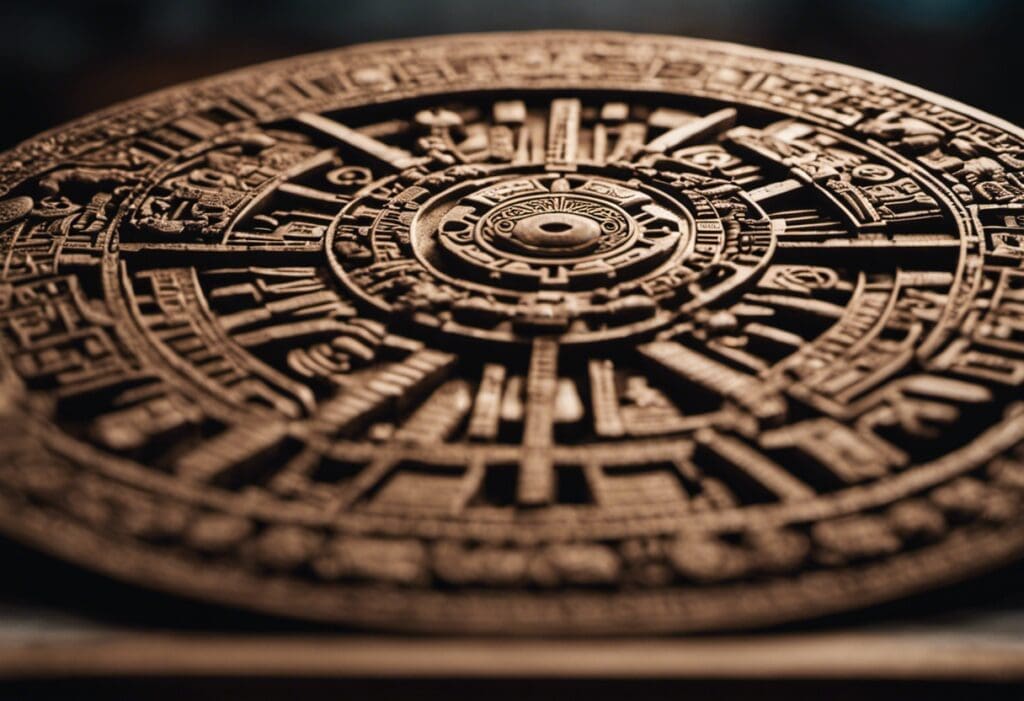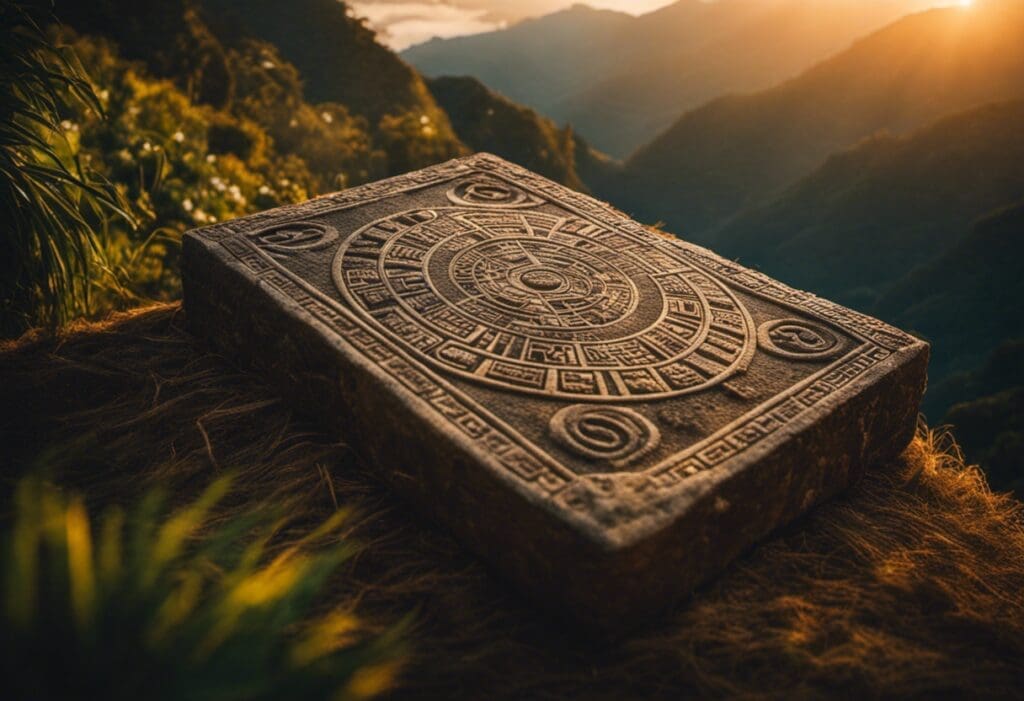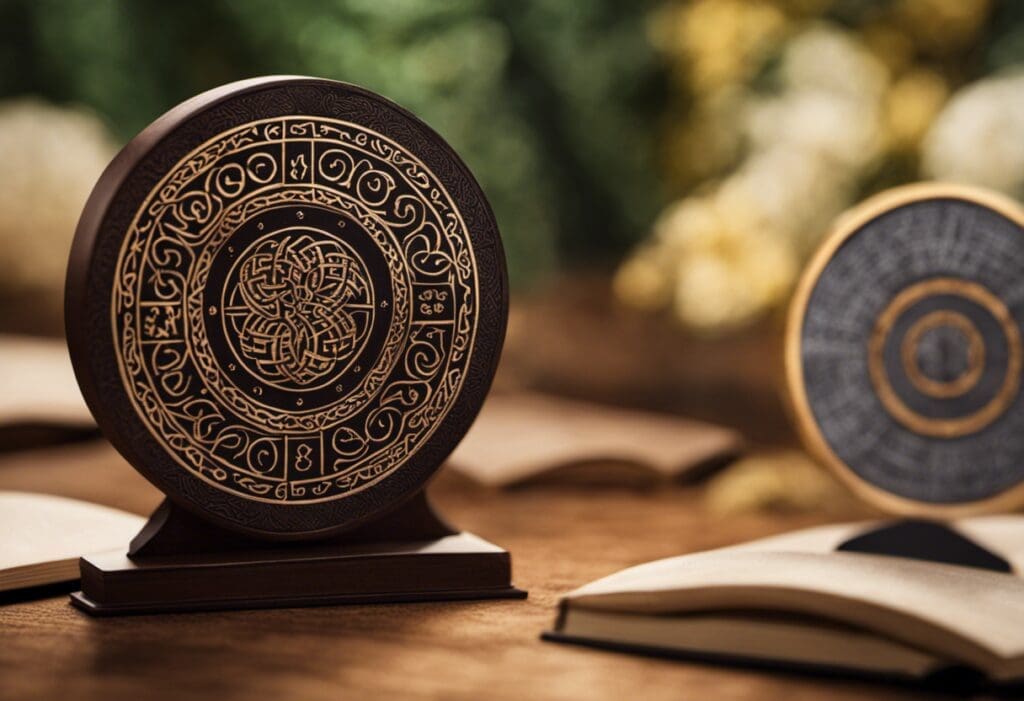The Historical Origins of the Zoroastrian Calendar
Step into the ancient world of the Zoroastrians, where time was meticulously measured and celebrated. In this article, we delve into the historical origins of the Zoroastrian calendar, exploring the profound influence of the Ancient Persian Civilization and the role of Zoroastrianism in shaping this timekeeping system. From significant events to cultural influences, we trace …
The Historical Origins of the Zoroastrian Calendar Read More »

